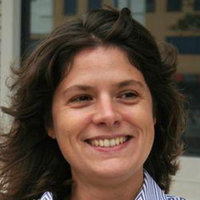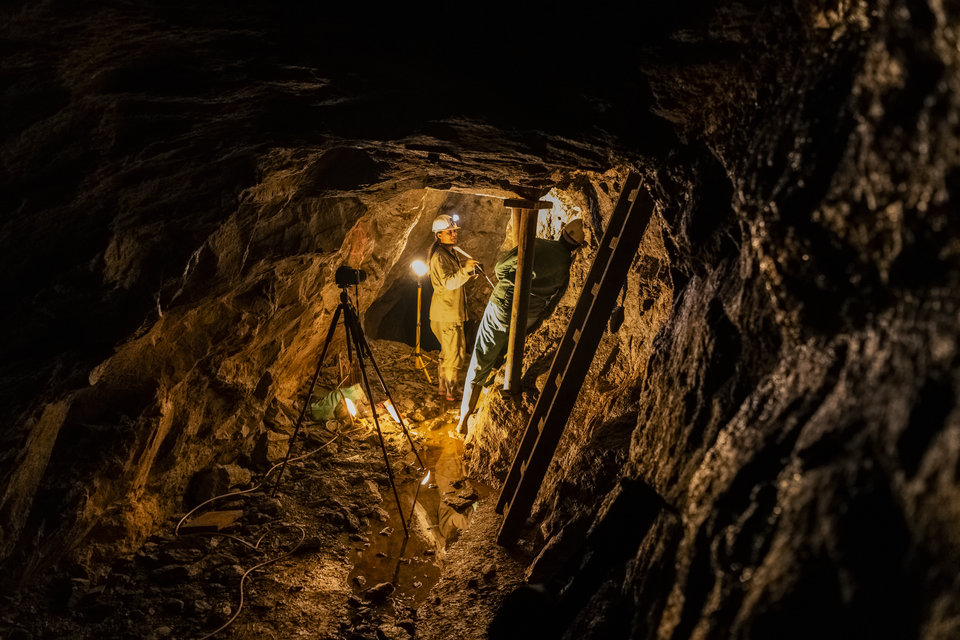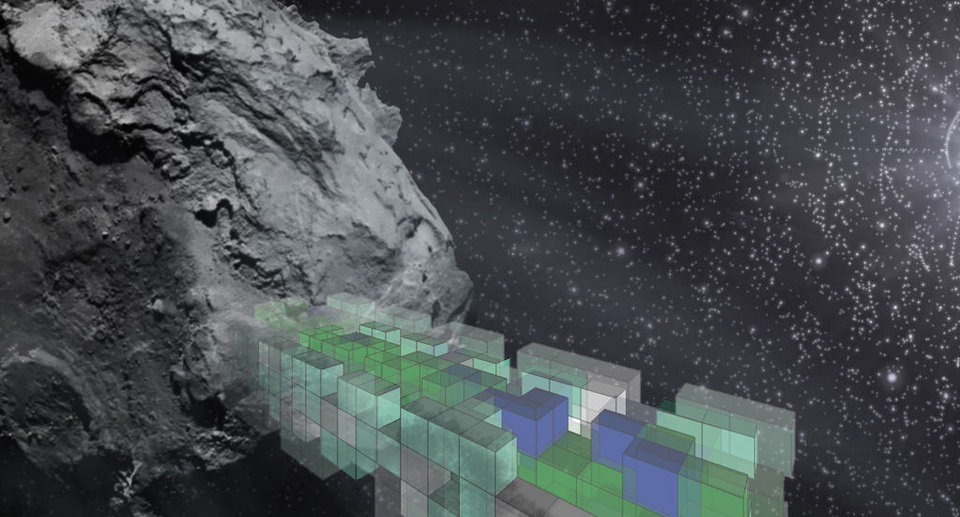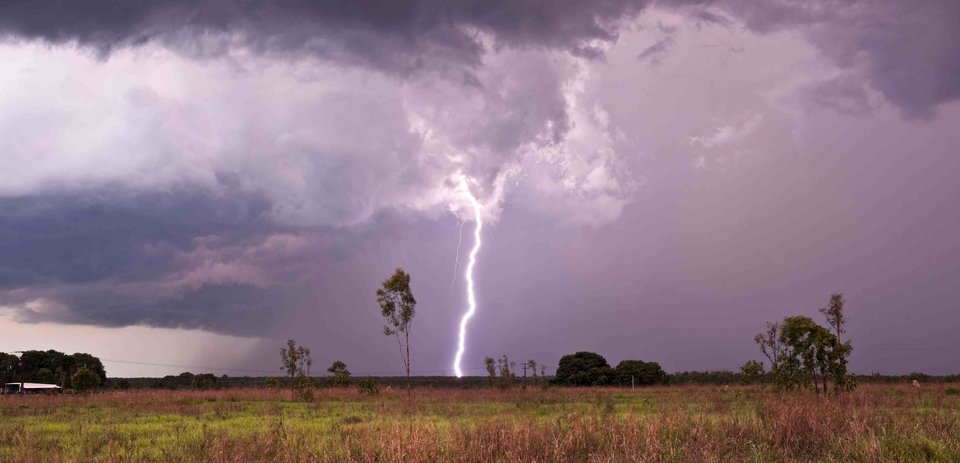Literally everything connected to a location is represented in geodata: from roads, cables and pipelines, to groundwater and rainfall patterns. This could provide businesses, municipalities, and web application builders with a treasure trove of information. However, in practice, geodata are often impossible to find on the web, are not interchangeable or are collected in duplicate. There are both technical and social obstacles that need to be overcome, according to PhD candidate Linda van den Brink.
Geodata open up opportunities for countless new applications, but the true potential remains untapped. Open datasets from the geo-world are not sufficiently compatible with standard search engines or access to them is restricted. For example, the geodata on a ‘cloverleaf interchange’ is available from Rijkswaterstaat (the Directorate-General for Public Works and Water Management in the Netherlands). But Van den Brink discovered that local municipalities and provinces also collect data on the traffic circles within their boundaries. “This waste of both time and money partly motivated this research,” she continues. “It’s much easier if a single central system provides it for all municipalities and provinces rather than everyone doing a small part in their own way.”
Efficient, well-organised data gathering is essential for much large-scale reuse. Examples include building useful apps or drawing up highly detailed maps, such as the large-scale standard map of the Netherlands (Grootschalige Basiskaart Nederland). Its scale of 1:1000 ultimately has the potential to chart everything: not only roads, towns and cities, but even lampposts and waste bins.
Unfortunately, there is no national standard for three-dimensional (3D) geodata. Van den Brink also discovered that the international 3D standard City-GML was not up to the job. It could not be used to include a three-dimensional wind turbine or windmill on the map, and the façade materials could not be represented accurately. For this reason, Van den Brink defined an extension to the standard and a method to execute the extension. Both have now been successfully added as a supplement.
Search engines
Accessing geodata on the web is another difficult area on which she focused, on behalf of her employer Geonovum. The geo-world uses open datasets in order to share data with the outside world. In practice, these geo-standards remain unknown to the wider public and only geodata specialists are able to use them. This means that ‘simply googling’ the data on lampposts along a road is impossible. Despite the fact that this would be useful, for example when designing new transport and traffic apps.
Enabling access to geodata therefore calls for more general publication methods. Ideally, it should be possible to use standard search engines. However, companies like Google are reluctant to reveal the secrets of their algorithms. By monitoring how search engines work, it is possible to develop generally accessible methods of publication. This will ensure that popular search engines start indexing the data, making the geodata much easier to find.
Technology is not the only obstacle to providing – free – access to geodata on the web. The owners of geodata, such as the Land Registry, have not always been willing to allow access to their data in the past. Access to their data could, for example, damage their business model. However, these companies now understand the value of making their data accessible.
Also, adapting available data to be reused in another way can prove expensive. “All of this means that enabling web access to geodata is actually a social process as well,” argues Van den Brink. “It’s a question of reaching compromises in order to achieve working methods that are compatible with each other.”




